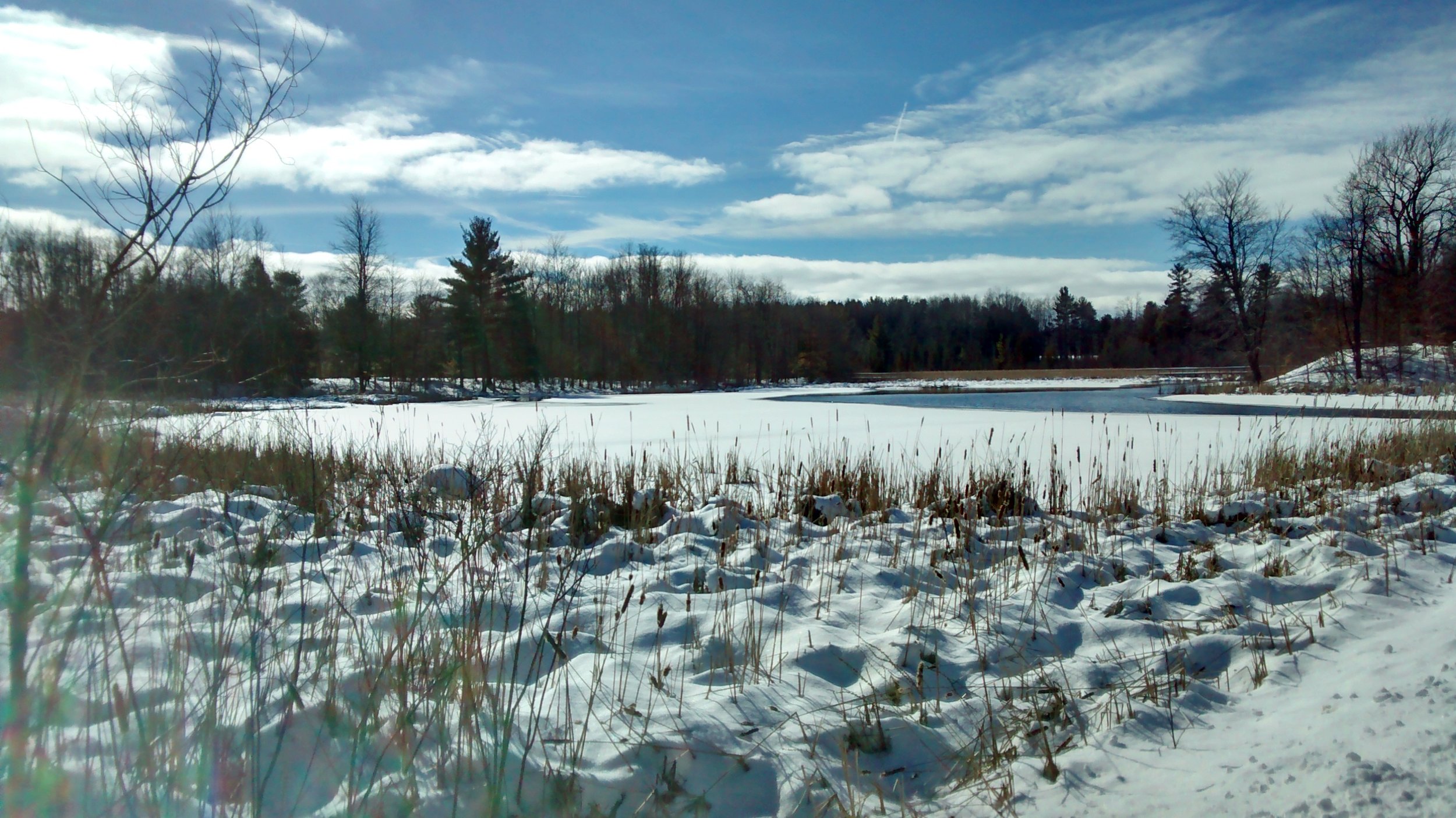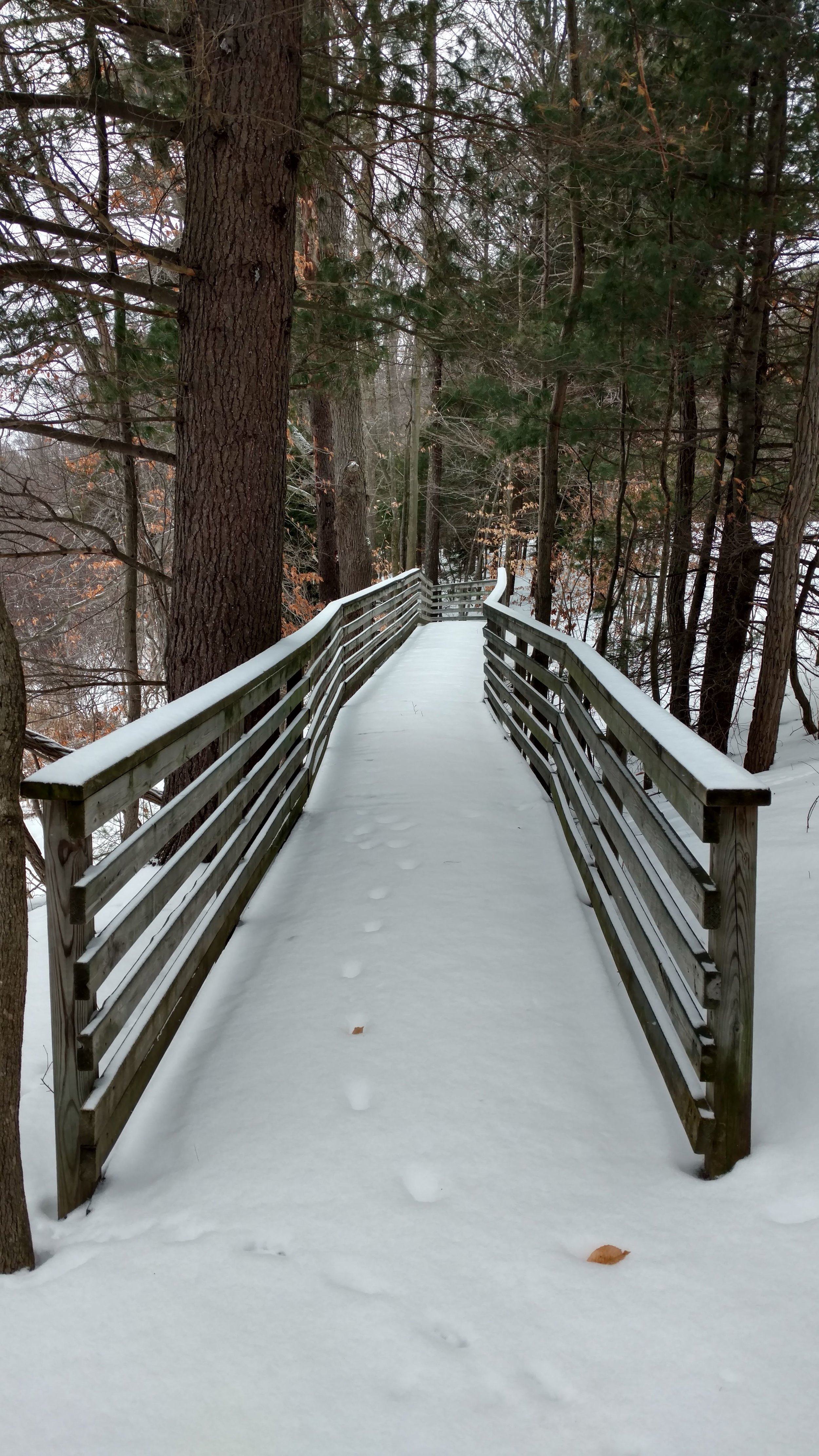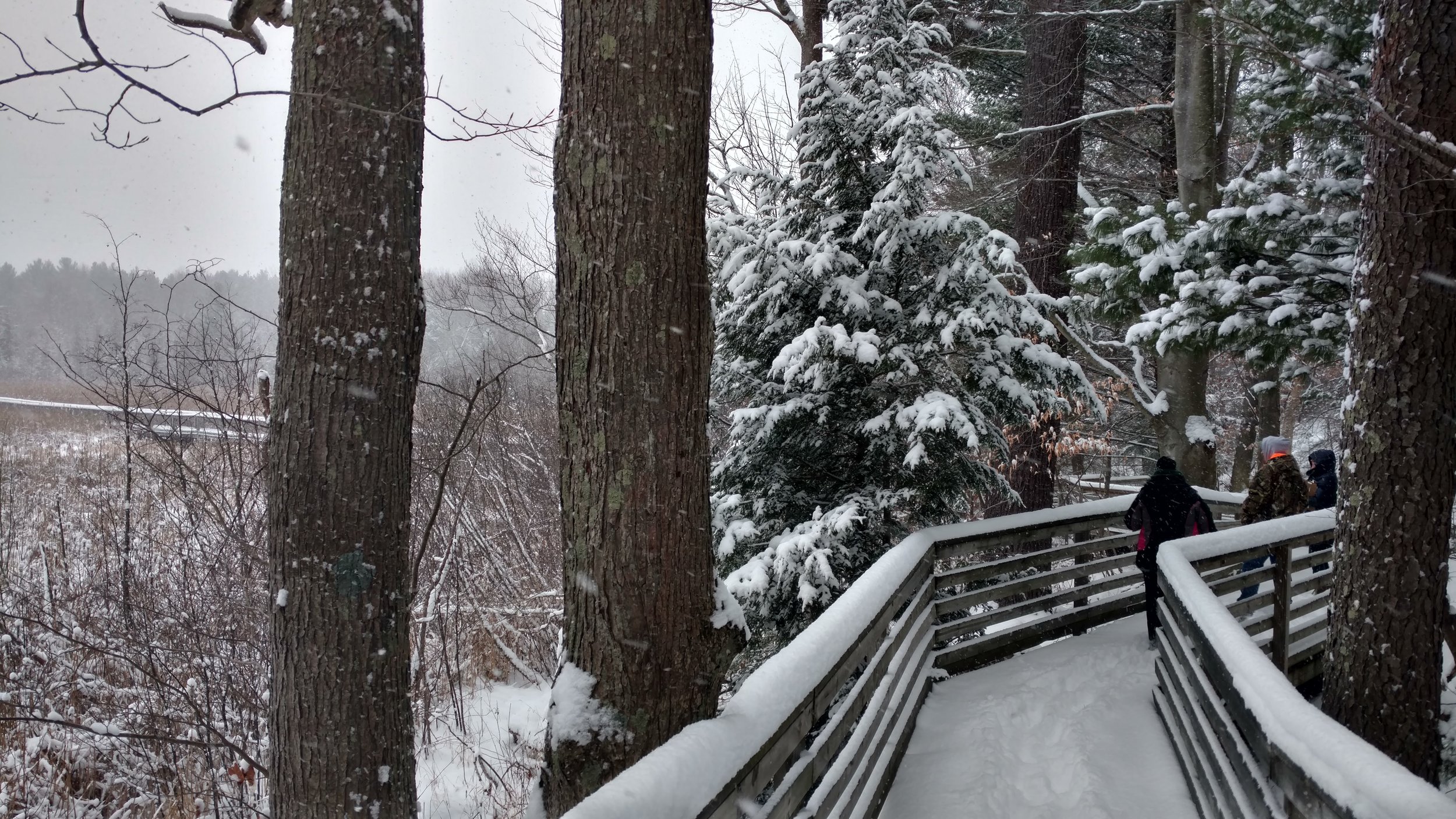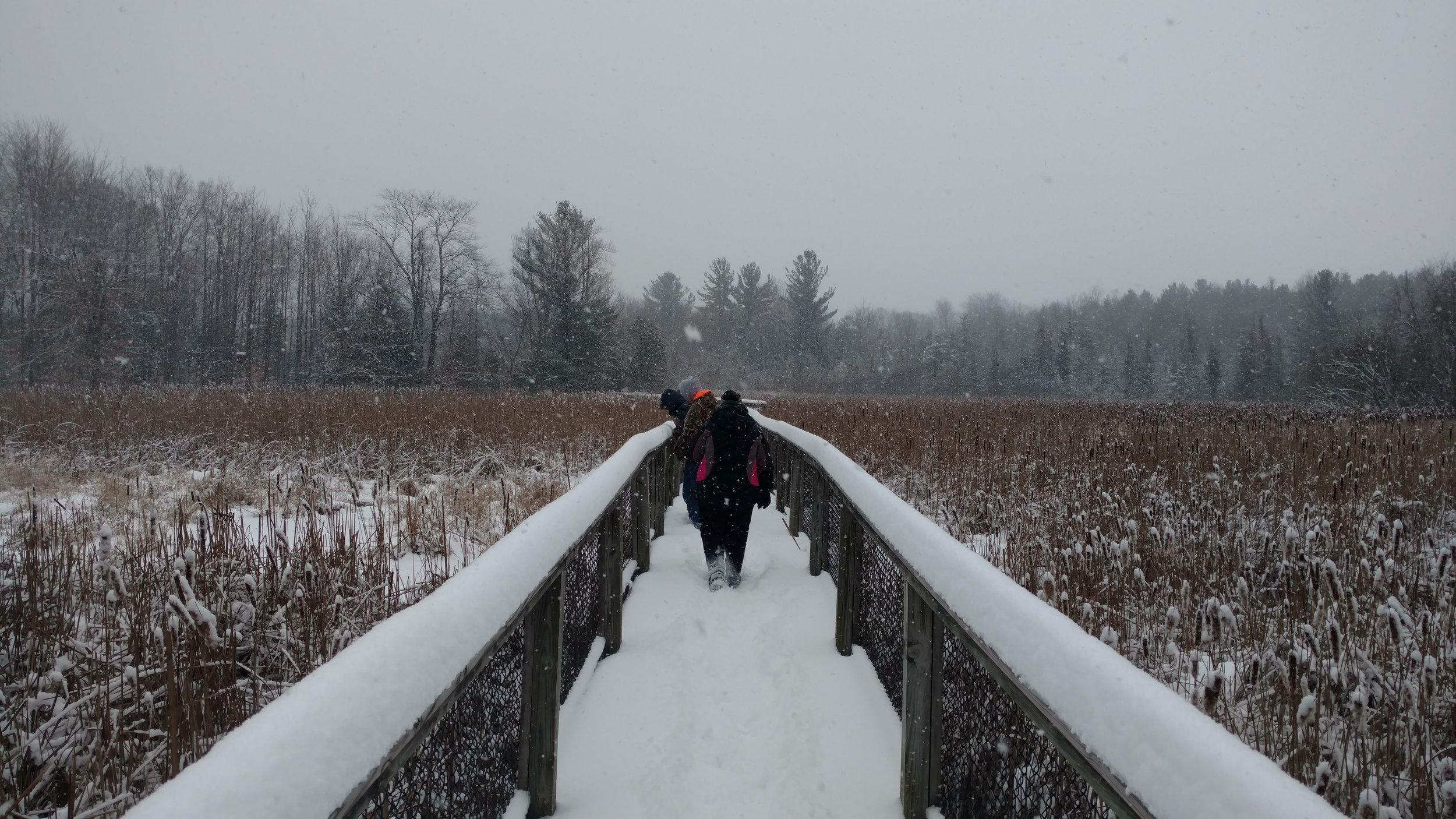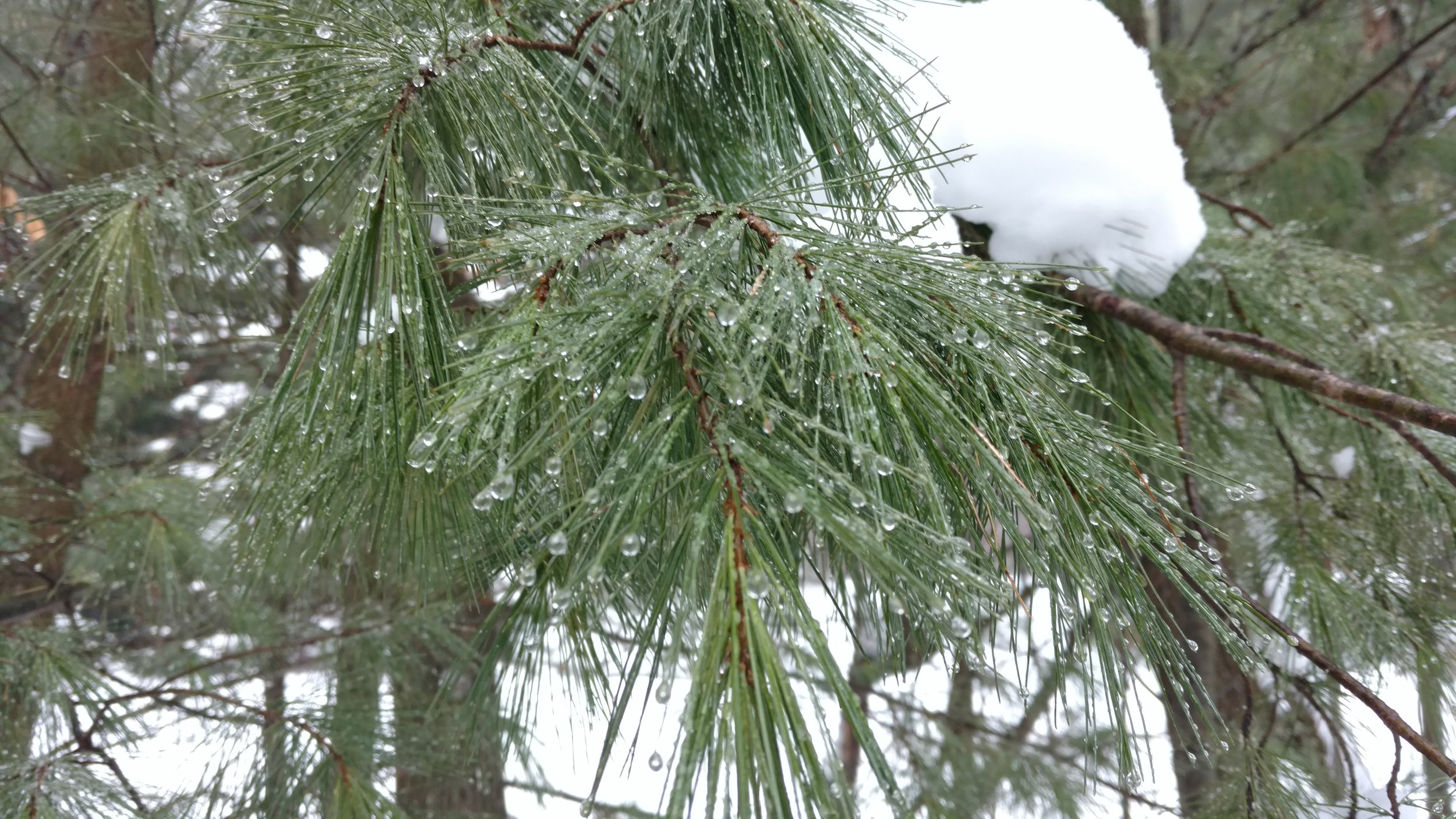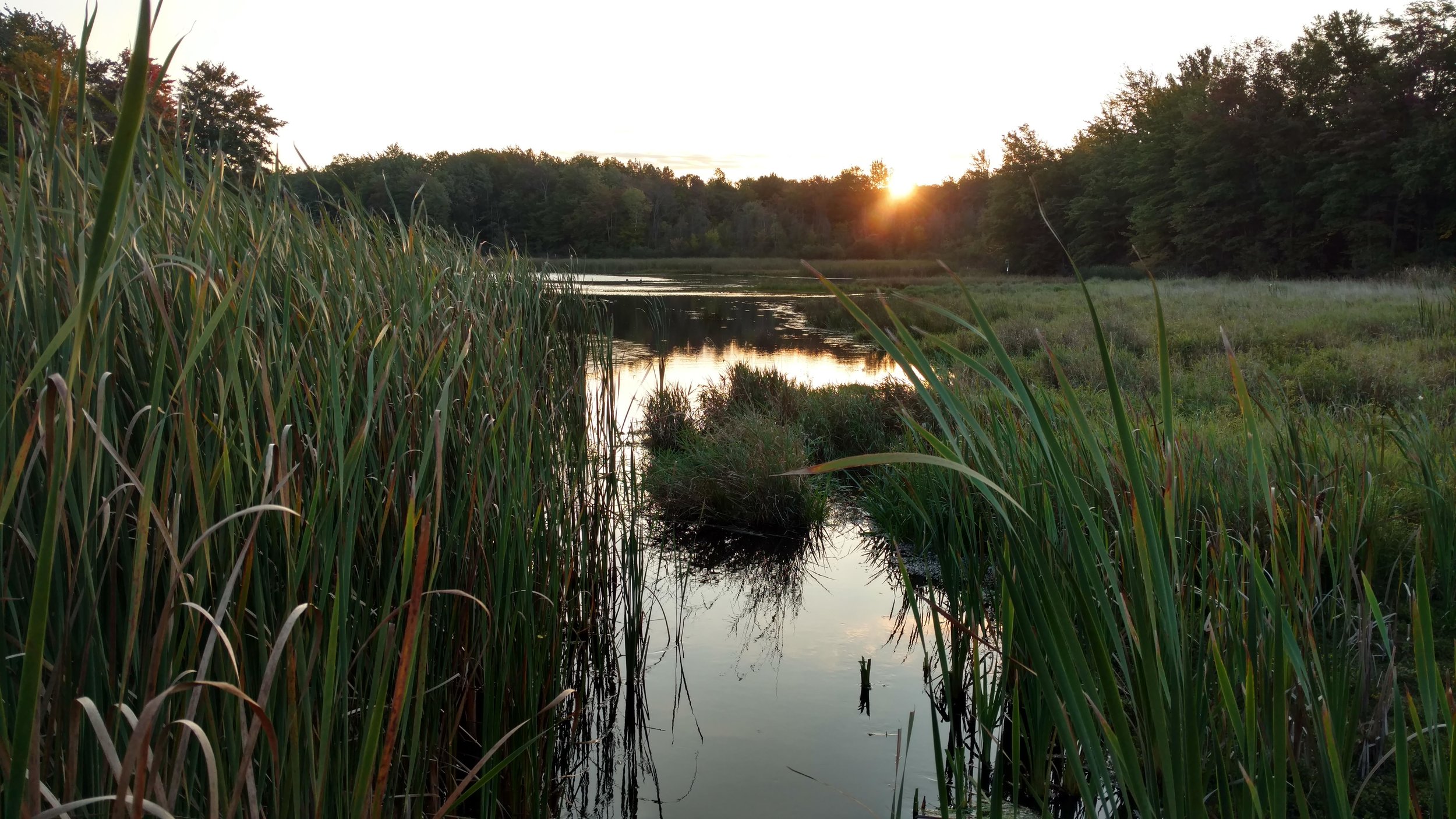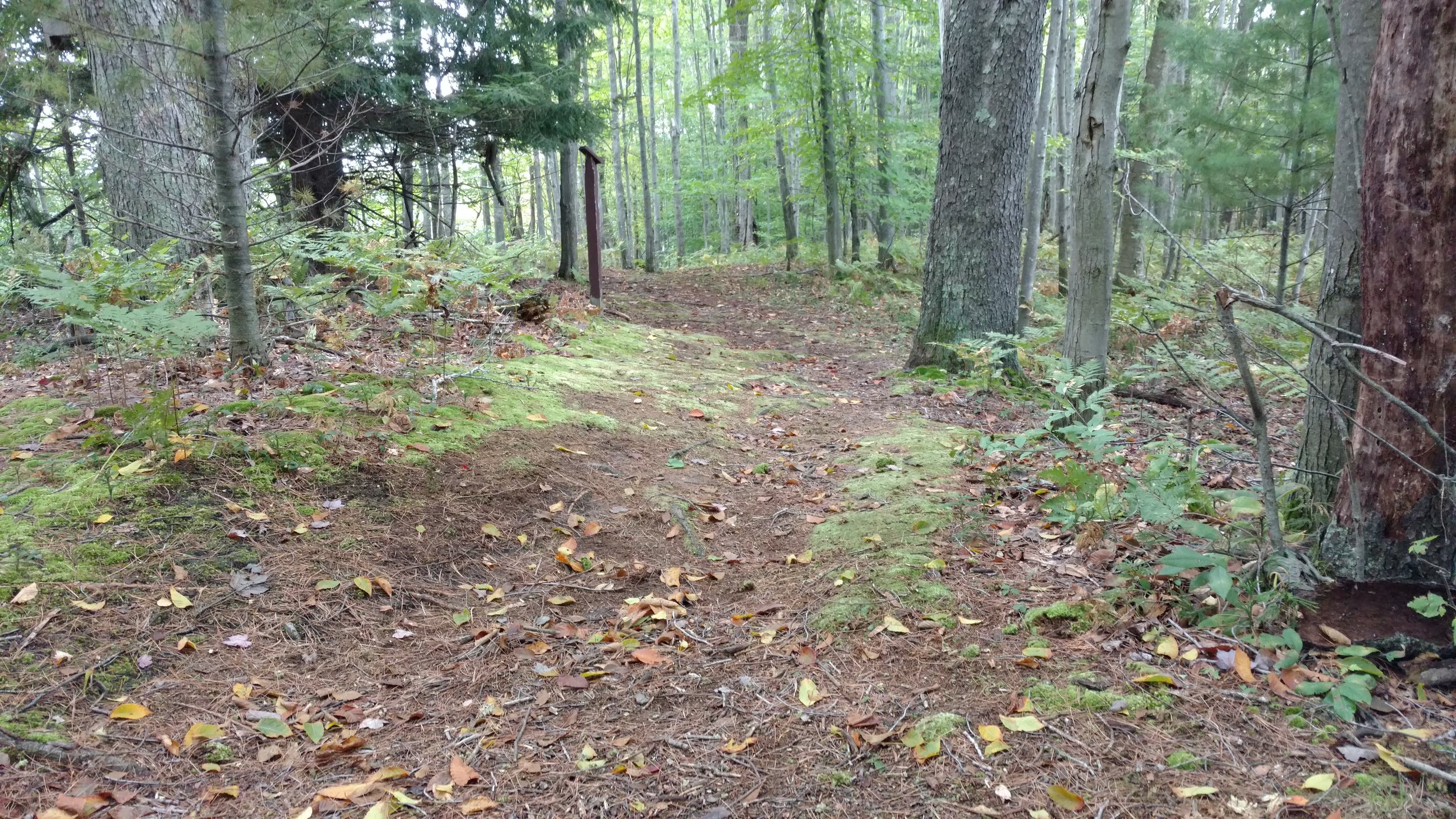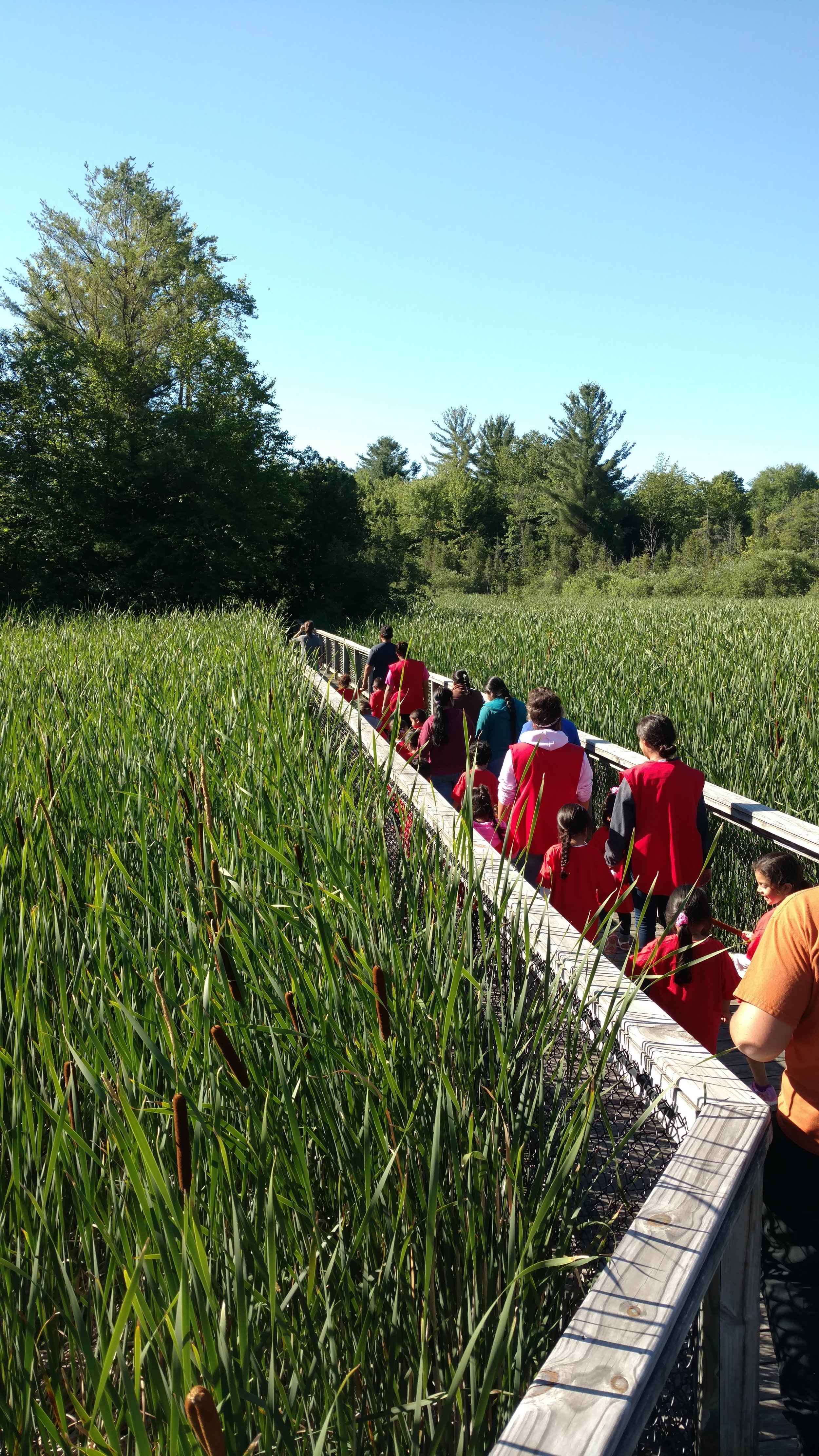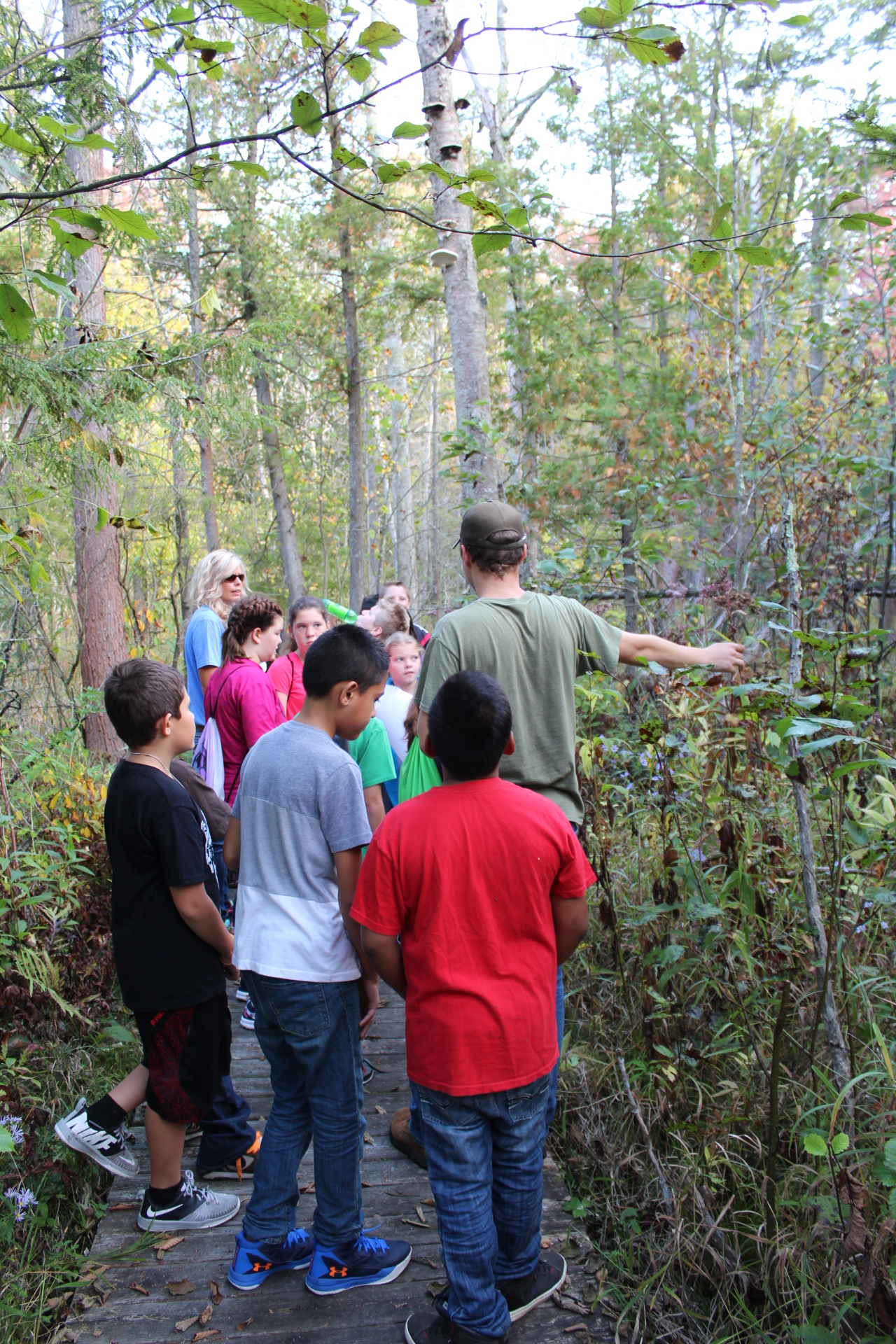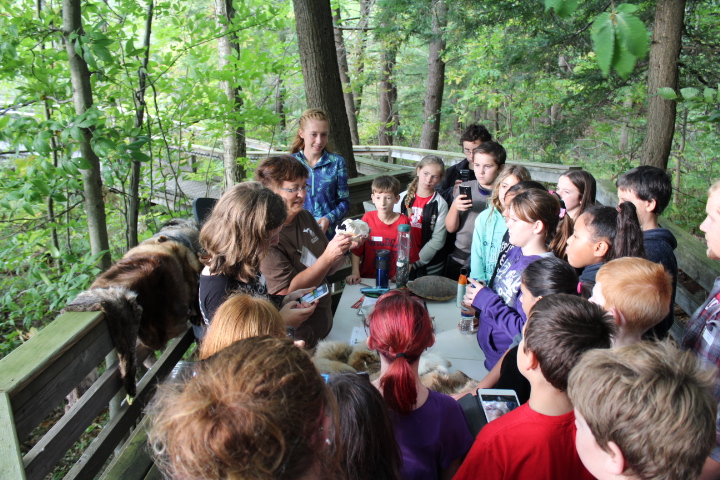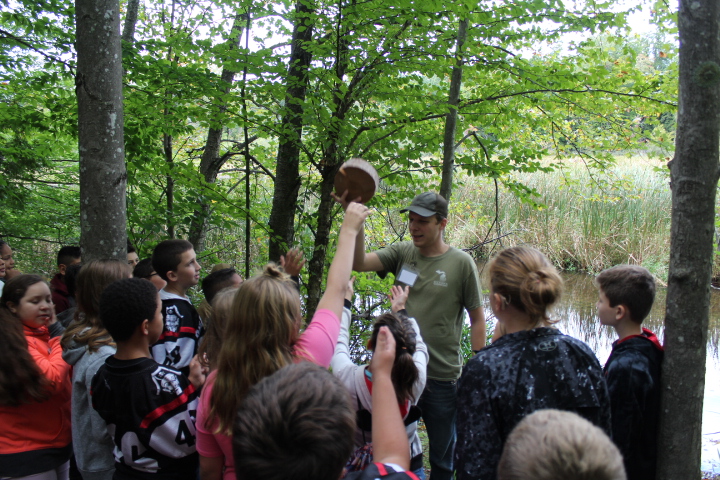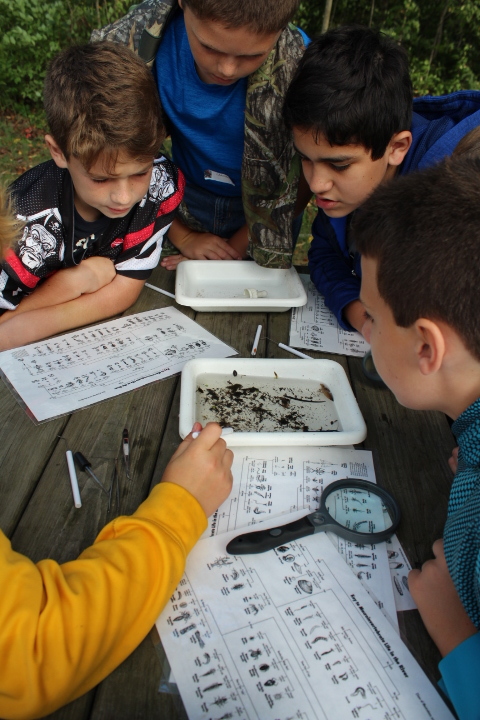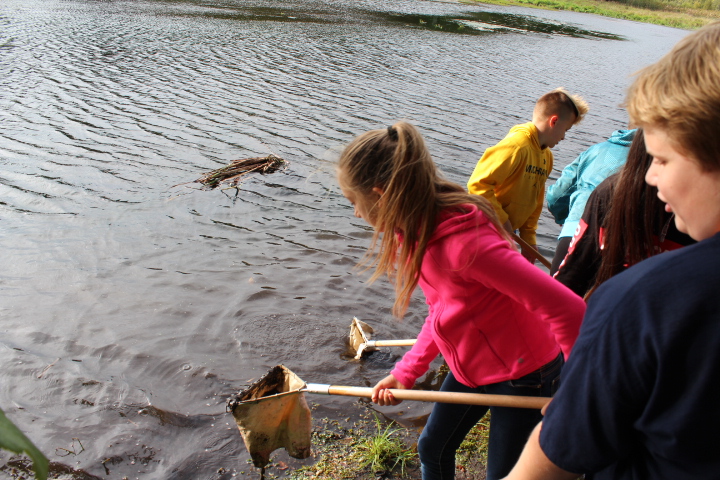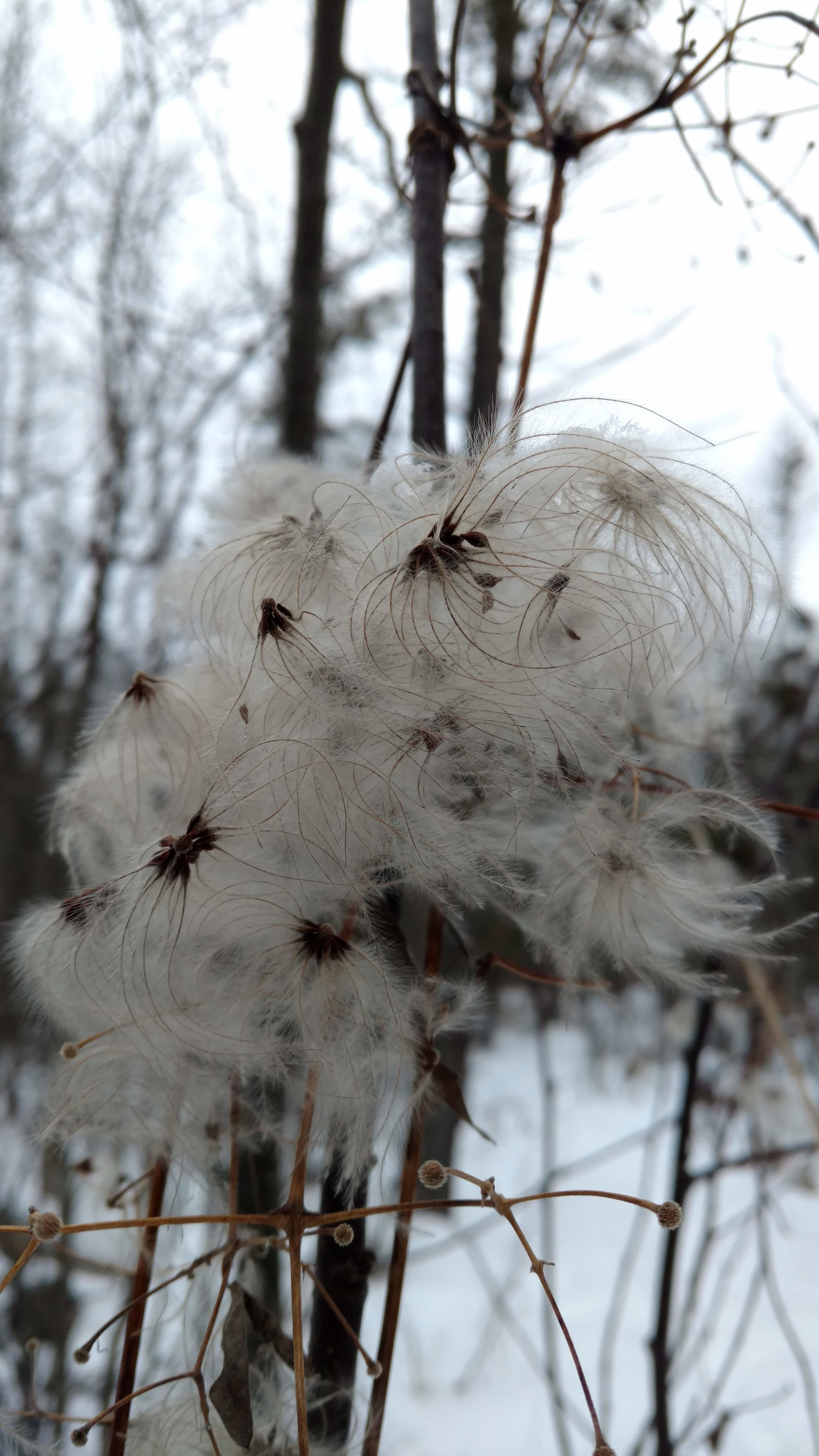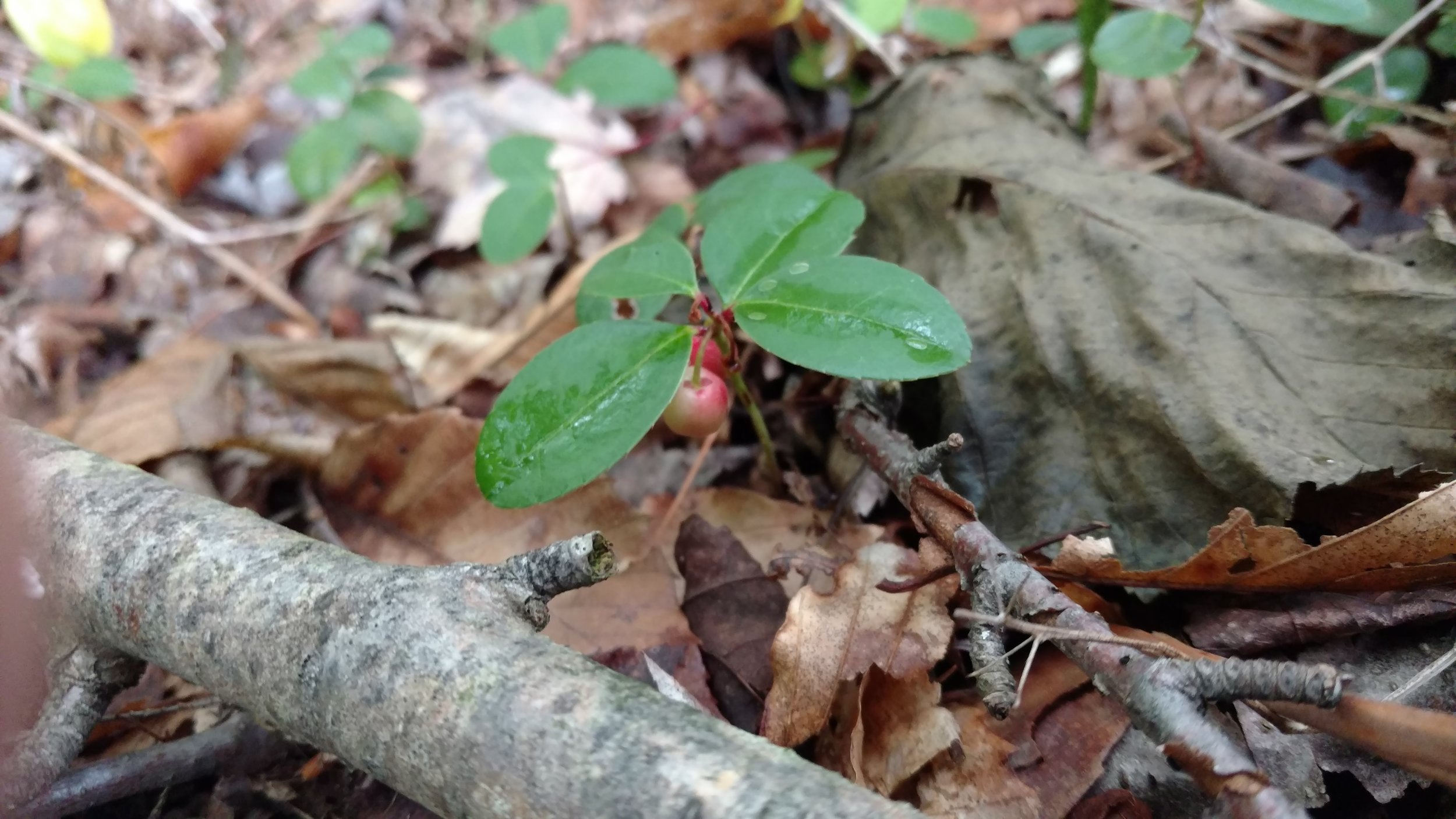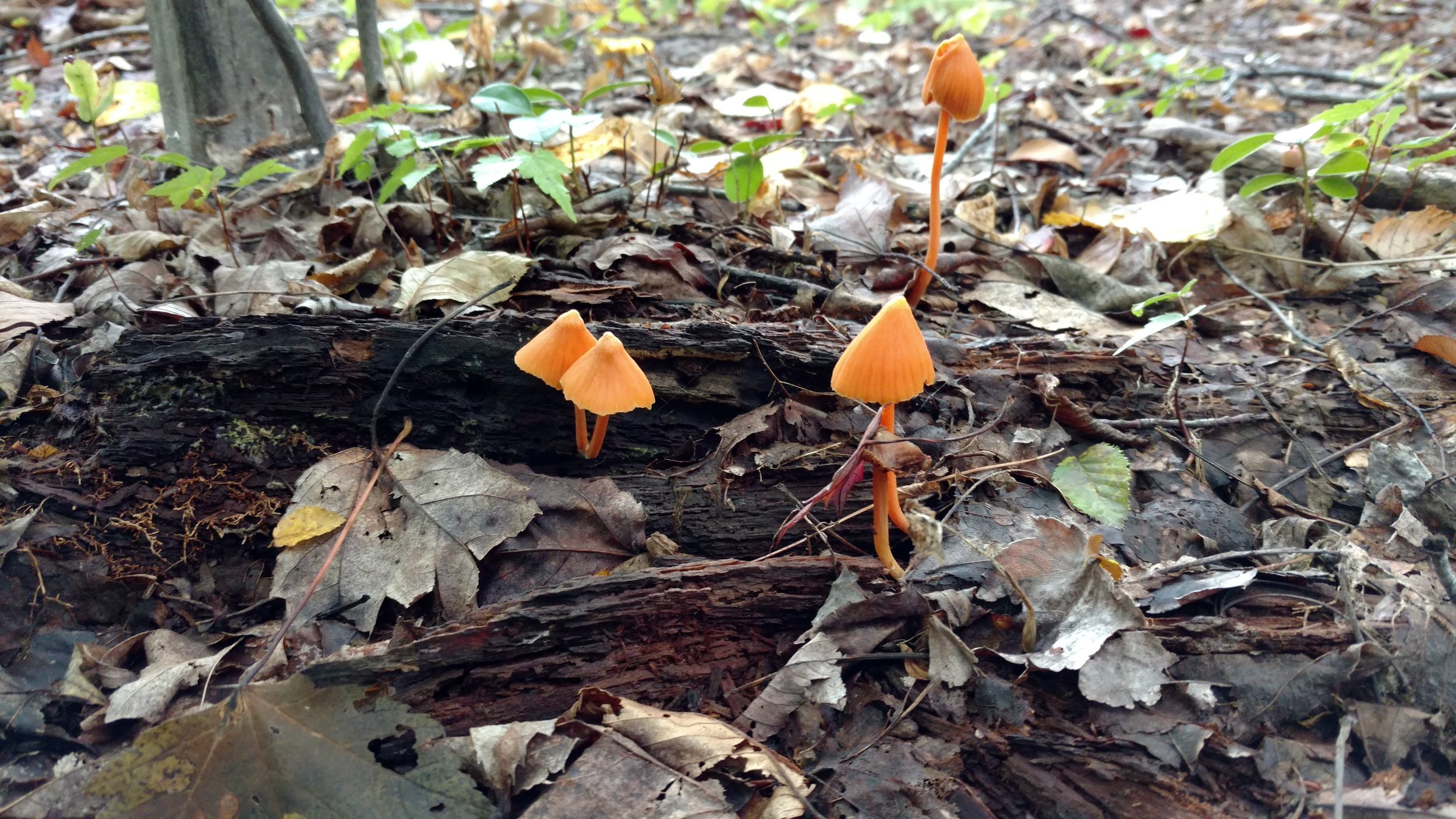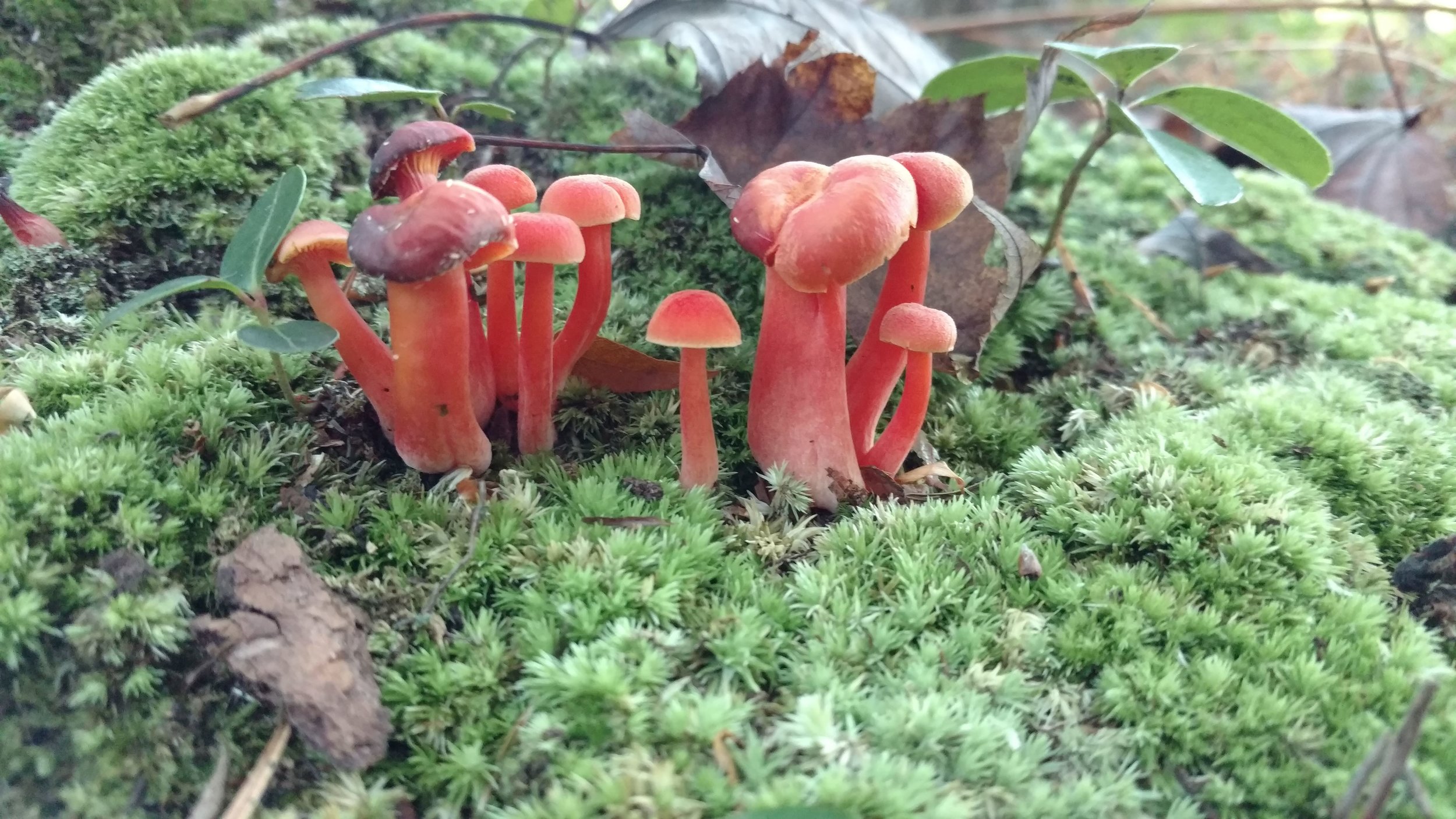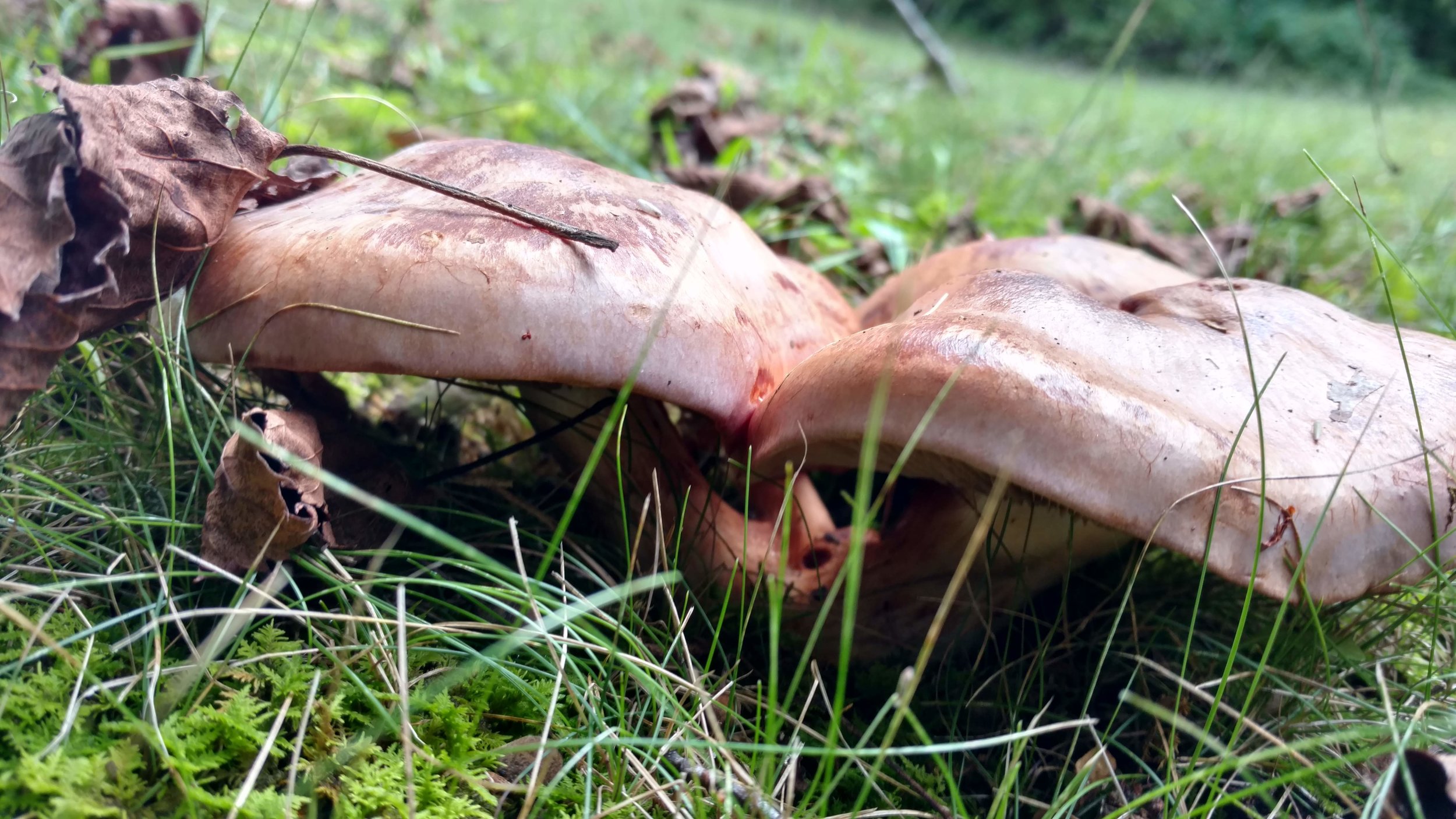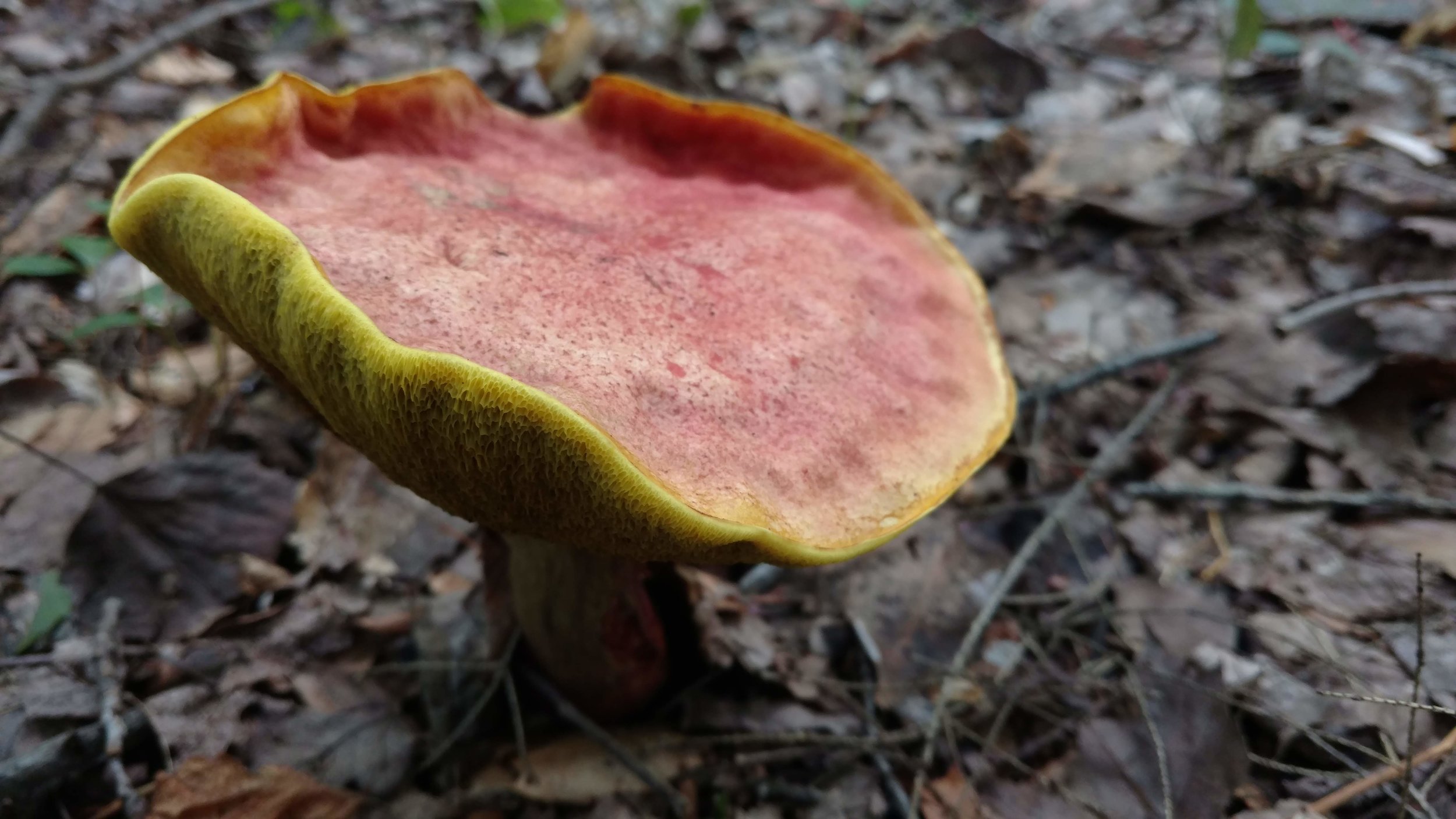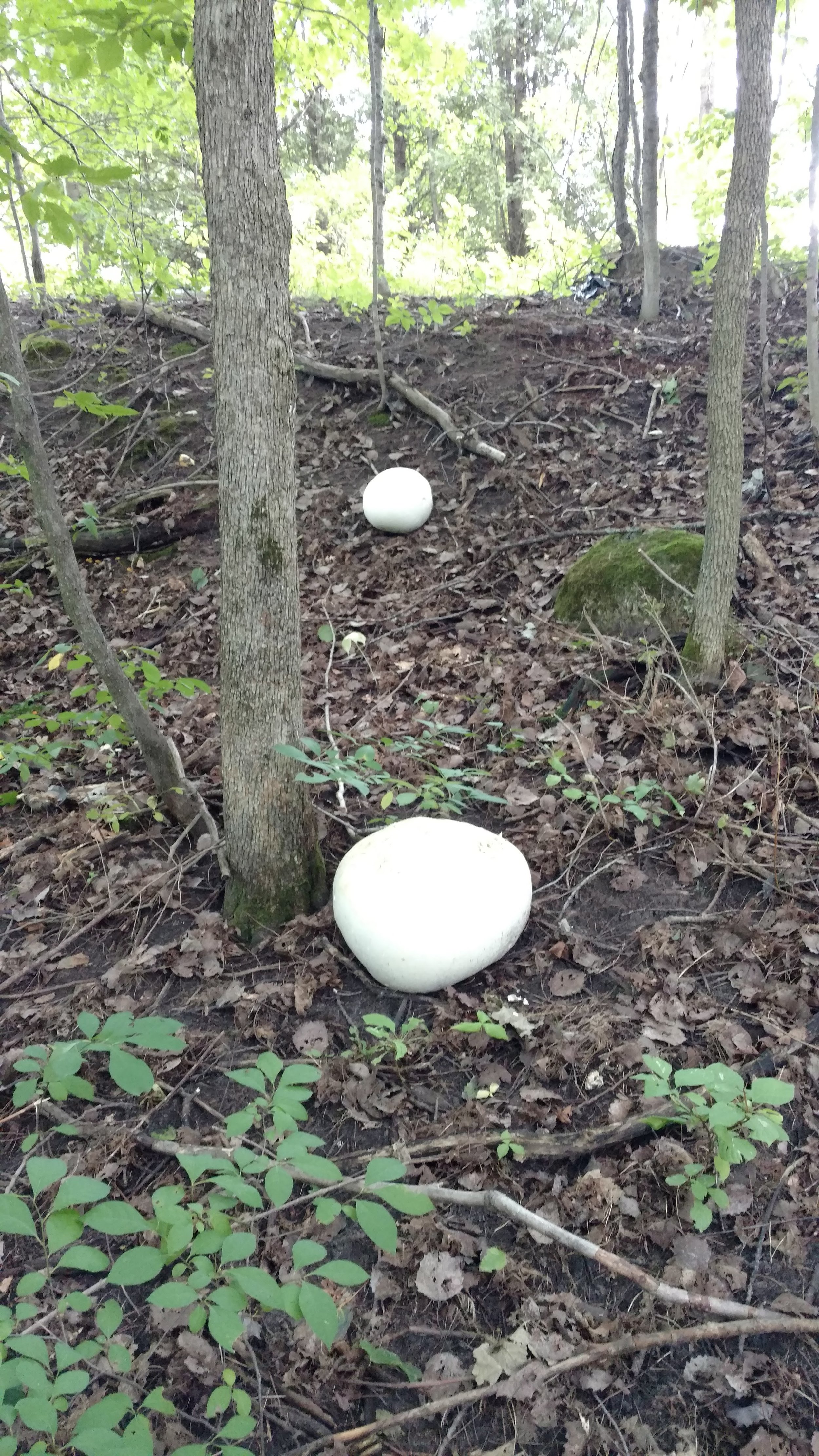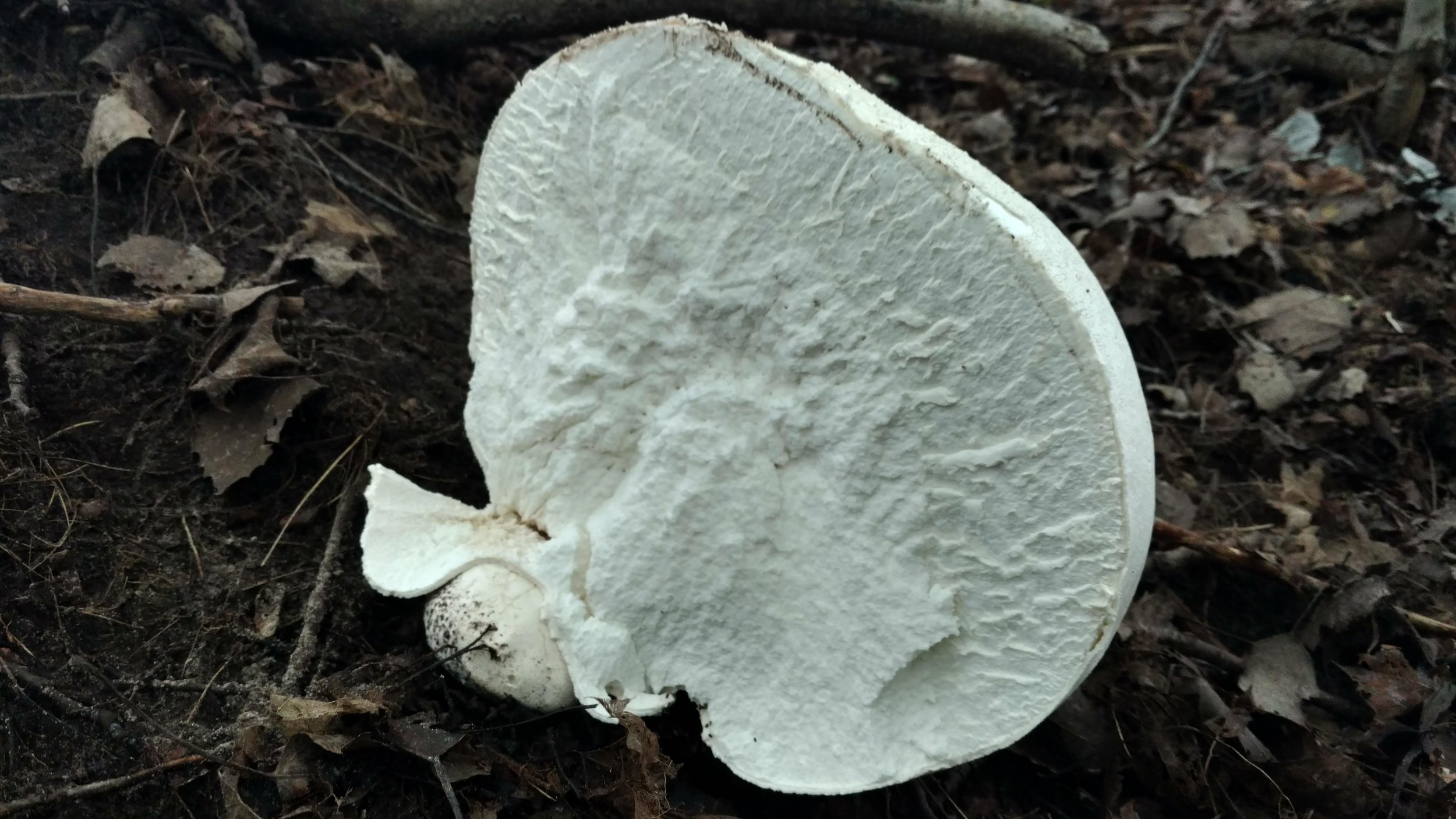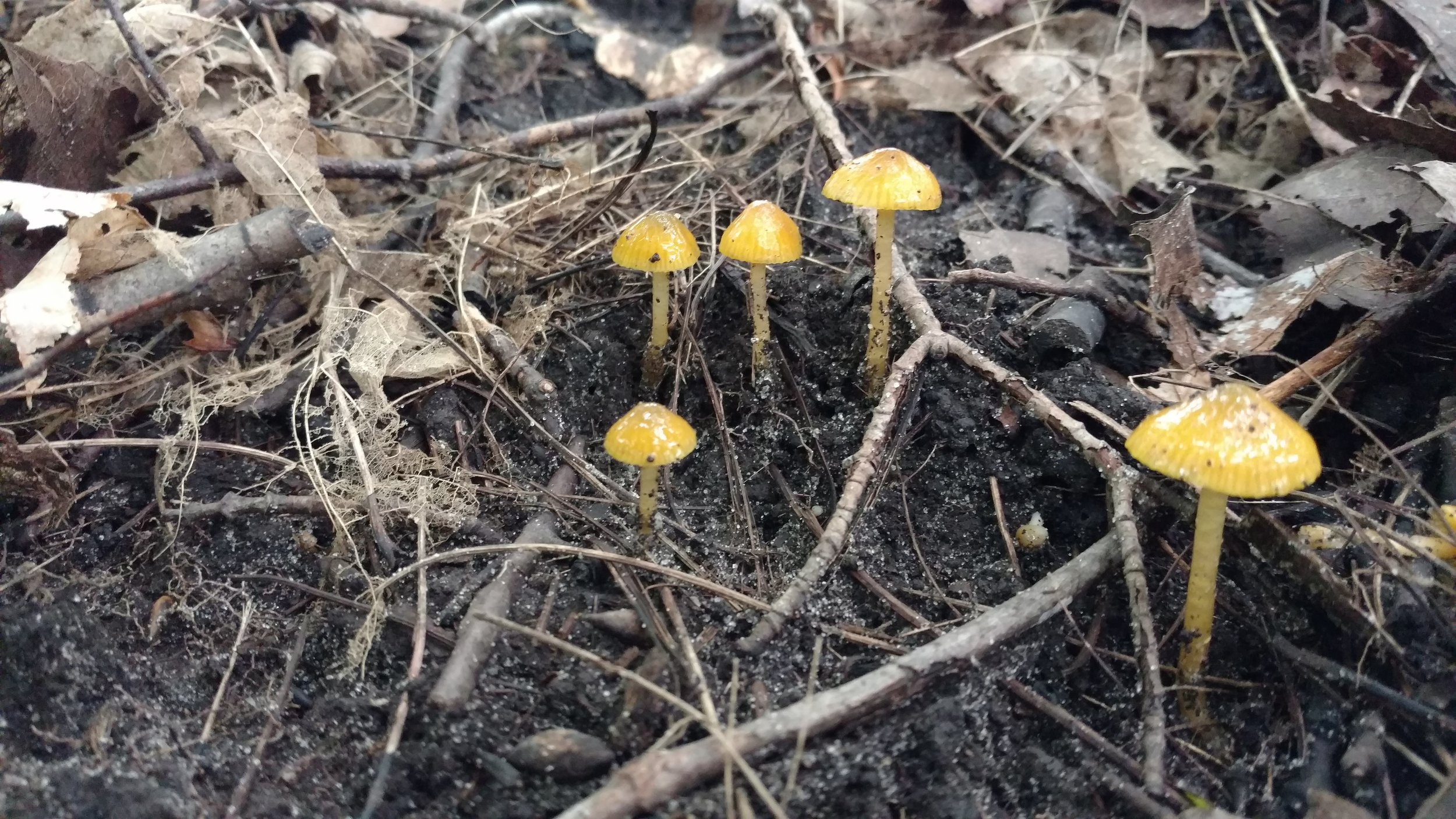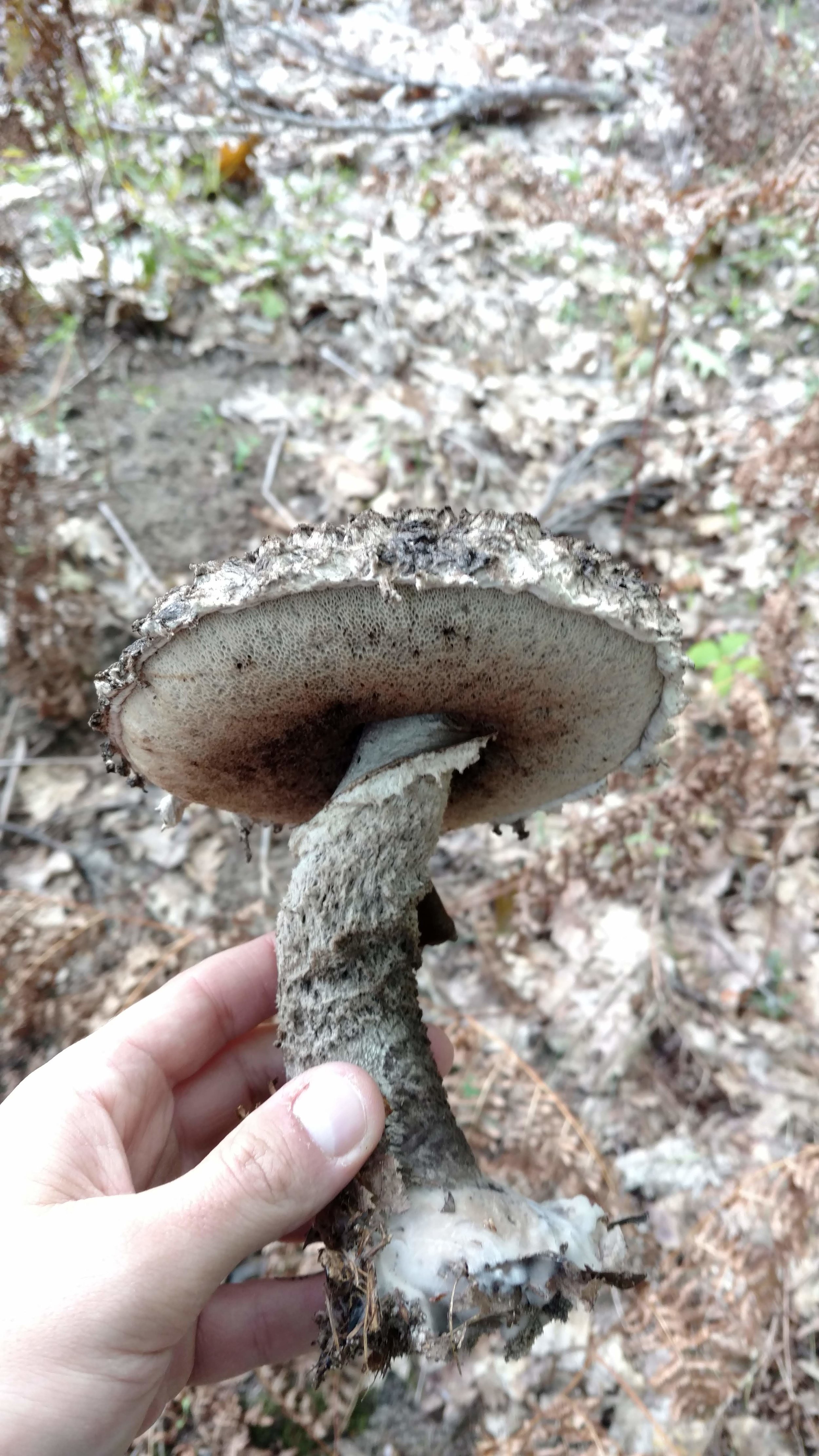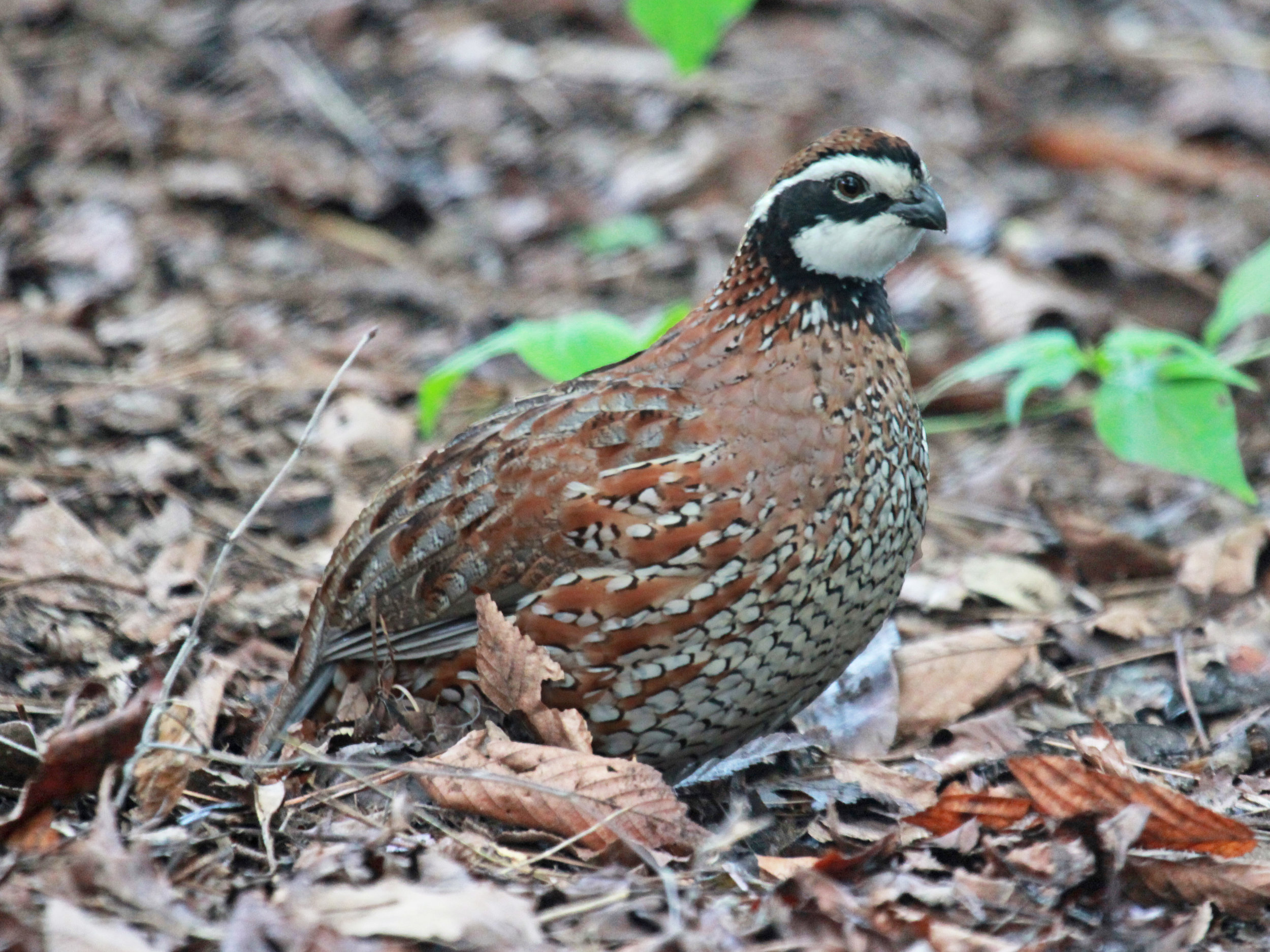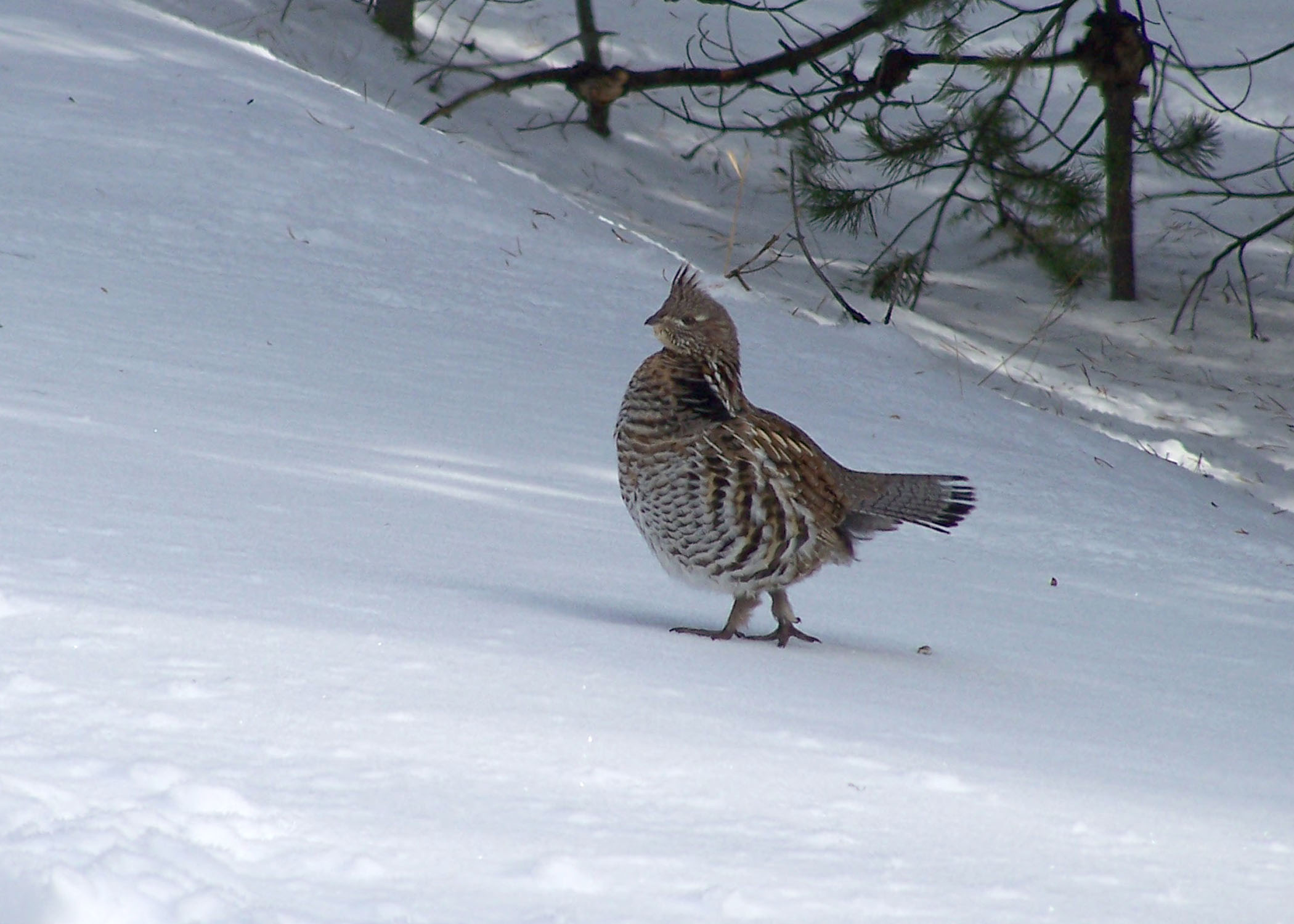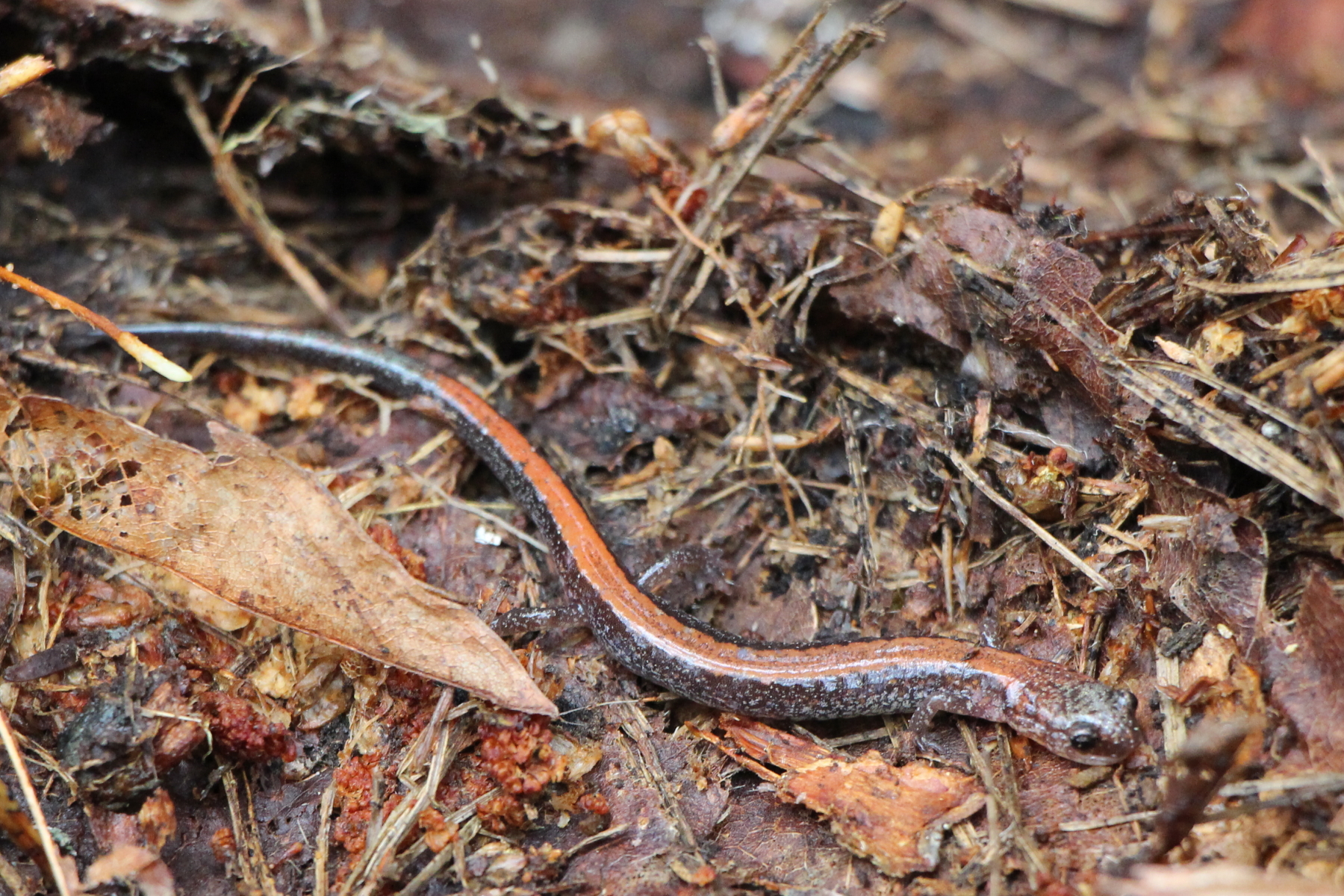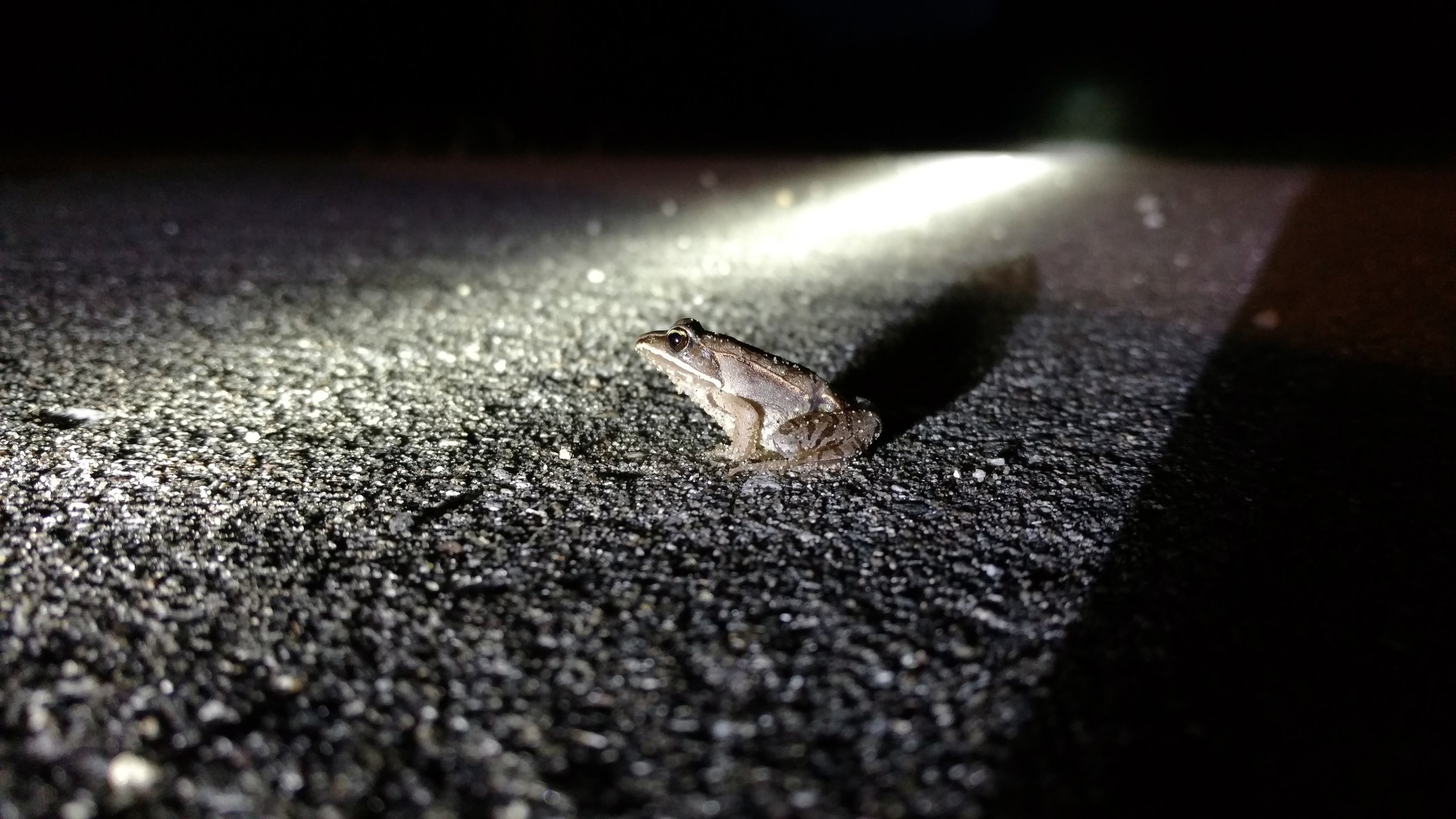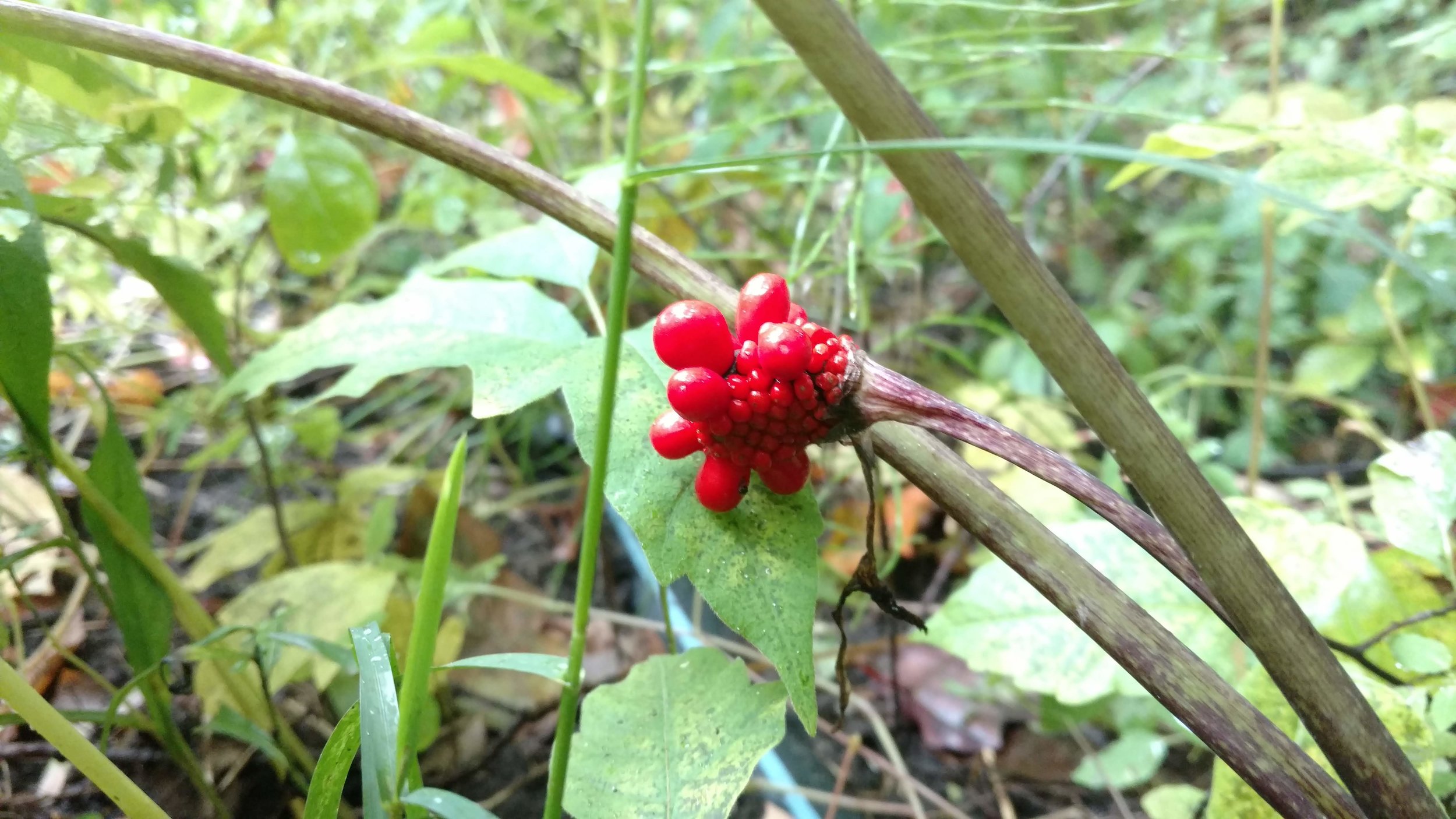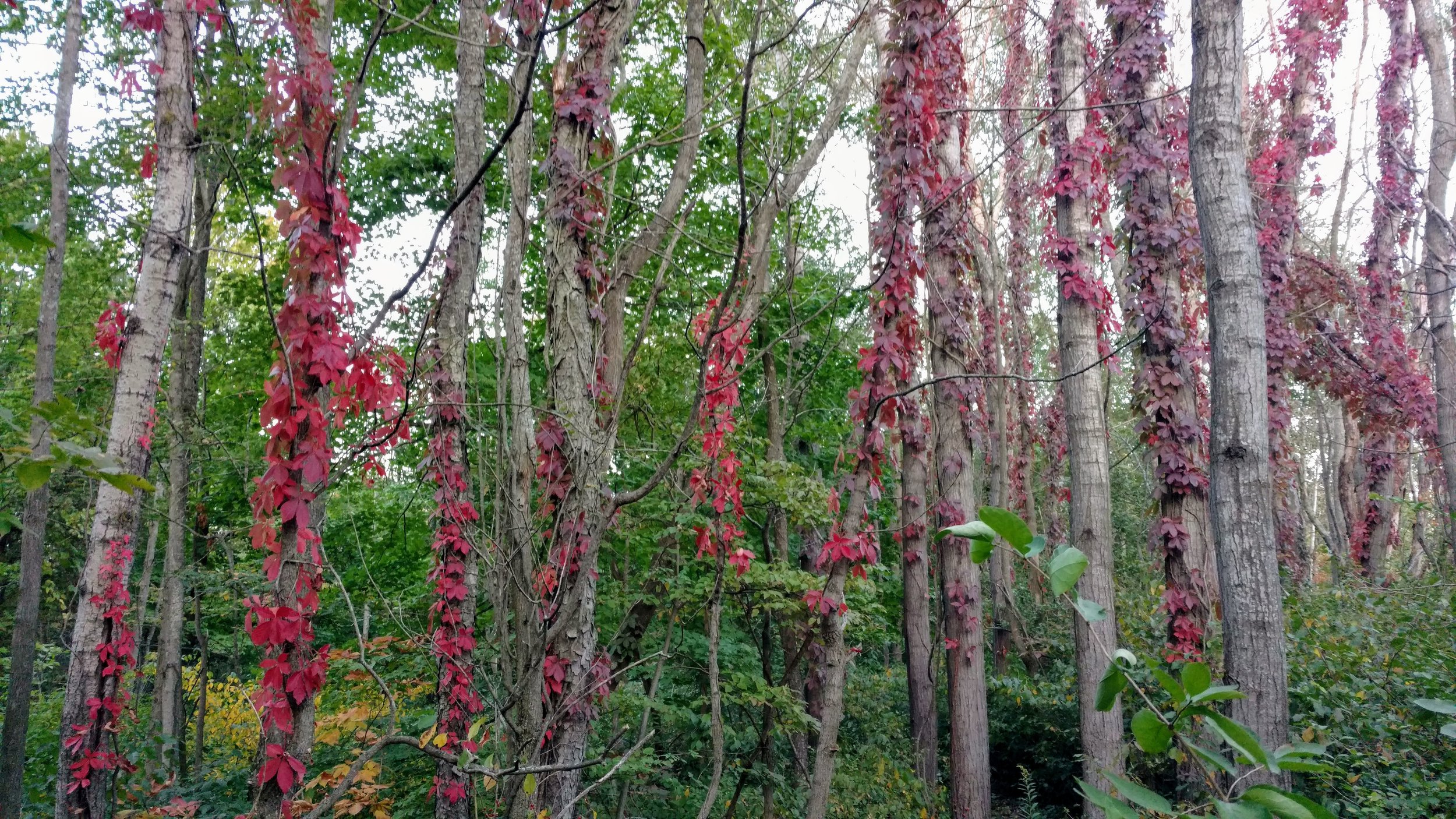Step outside, close your eyes and listen; be silent and still, and concentrate. What do you hear? Focus on the sounds of the moment and listen like a friend is quietly revealing a deep secret. Nature’s quiet murmurs reveal the most inspiring revelations. Listen closely for quiet birds in the distance, leaves gently rattling in the breeze, a chainsaw buzzing somewhere in the forest, or the hum of a nearby highway. Every place has its own particular voice that is unique as a result of its surroundings, landscape, season and weather. Since my last article, I have been thinking a lot about the sounds of nature. As a lifelong musician and music collector I often interpret nature through its patterns, harmonies, and voices.
Standing in an abandoned farm field, I close my eyes and listen. Much like letting your eyes adjust to a dark room, you need to allow your ears to adjust to low volume levels. I hear the wind sweeping across a field of black-eyed susans, goldenrod, Queen Anne’s lace and milkweed seed pods. I hear red-winged blackbirds staking their claims to the willow saplings in the wet corner of the field. I hear a car with a broken muffler get louder and louder as it approaches until I can’t hear anything else, then it slowly fades away as it passes by. I wait impatiently for the sound of the loud car to dissipate, finally leaving me alone again with the delicate collage of natural sounds.
As I leave the open, windy field and make my way into a shaded encompassing forest I am surrounded by a cathedral of tree trunks like columns holding the canopy above. The mood shifts as the light dims to dull green and brown. The wind no longer blows by in long sweeping stretches. Instead it is broken up, meandering between the branches, rattling leaves, pushing against trees that squeak and moan in response. I remember this walk in winter, when a frigid northern wind whistled through these same trees bare of leaves. It was when I was caught in a surprise hail storm in the forest. The descending and colliding ice particles exploded into a cacophony of glass marbles tearing through the canopy, bounced off branches, ricocheted off rocks and splashed into the creek. The ice storm created such a deafening noise, I felt unsafe and disoriented in the forest and along with other forest creatures, I sought shelter.
The hours in a day are like musical measures with all the creatures waiting for their cue to come in. Even before the sun peaks over the horizon, the first bars of the day’s song are filled with the notes of mourning doves and robins before erupting into a symphony of bird calls and buzzing insects. As the day proceeds into evening, an audible transition begins taking place as the sun begins to set. The mourning doves begin cooing again, the crickets and frogs begin to form a wall of sound accented by twilight singers like woodcocks and nighthawks. And once the last of the day’s light has faded, we’re left with a midnight coda featuring hooting owls, yipping coyotes, and chirping frogs.
Similarly, the changing of the seasons causes a fascinating shift in the voices making up nature’s chorus. The ensemble of birds you hear today are changing as our summer residents have taken flight to begin migration, soon replaced by returning winter friends. The buzzing insects of summer fade away in fall, replaced by the sounds of falling leaves blowing in the chilly autumn air. Hot summer nights filled with the songs of frogs and crickets have given way to the cold autumn nights echoing with the calls of owls and coyotes in the distance.
Now consider using these heightened listening skills in the identification of elusive wildlife. Frogs and toads are often identified by sound. Herpetologists and nature enthusiasts will spend an evening sitting in silence near a wetland or pond, listening for the calls of frogs and toads. Resources are available in the form of CDs and audio files to help learn the calls of Michigan’s thirteen species of frogs and toads. Many people relate the calls of spring peeper frogs with the beginning of spring. The woods by my home are filled with the chirping of gray tree frogs in summer.
Birders listen closely with hopes of identifying songbirds and owls. Many warblers and other birds are small, quick, and tend to occupy the very tops of trees making them difficult to locate visually. However, a trained ear can discern which birds are singing, even when they are out of view. The ruffed grouse is a ground-nesting bird that is very hard to see amongst the leaves, but the drumming of its wings can be heard for over a mile.
Coyotes use a technique known as the Beau Geste effect to give the false impression of a greater pack number. By combining yips and howls, the sound travels across the landscape, producing echoes and reflections which create the illusion of a greater pack size. The term Beau Geste is taken from a method French soldiers used to prop up dead soldiers, giving the appearance of larger troop numbers. In this same manner, coyotes can give the impression of a much larger pack, in effect warning predators who don’t want to take on a larger pack.
Wildlife depends on sound for communication. Imagine if someone was able to shut down all communication within an office building. All computers, phones, even talking blocked. How would the inhabitants respond? Panic would result, and the same goes for ecosystems. Kick out a leg of the system, and it will crash. This is an example of the kind of ecosystem relationship or connection that many people might not consider. With a deeper understanding about animal behavior, communication and ecosystem pressures, one can understand the strong influence that sound plays in nature.


